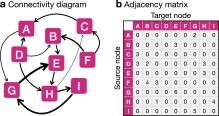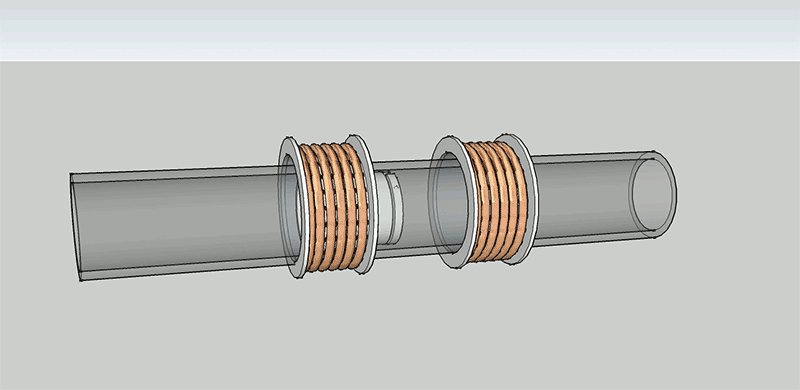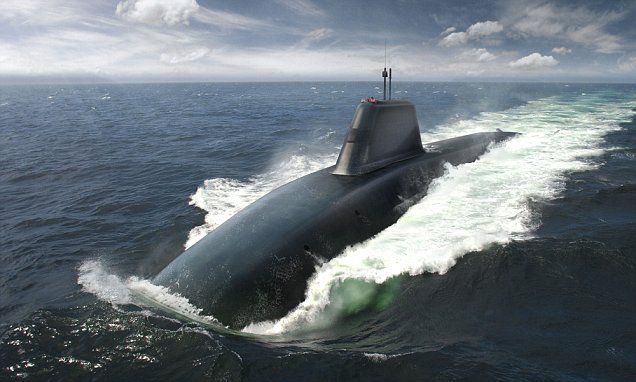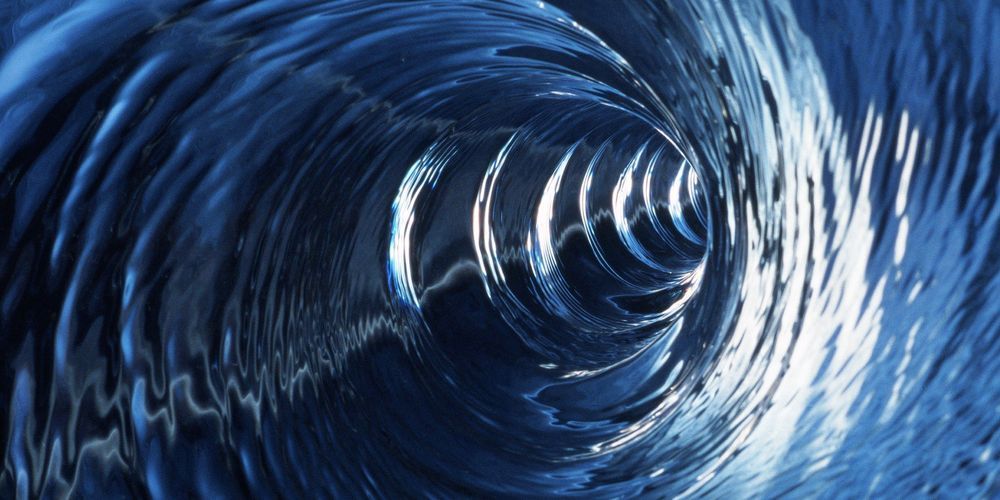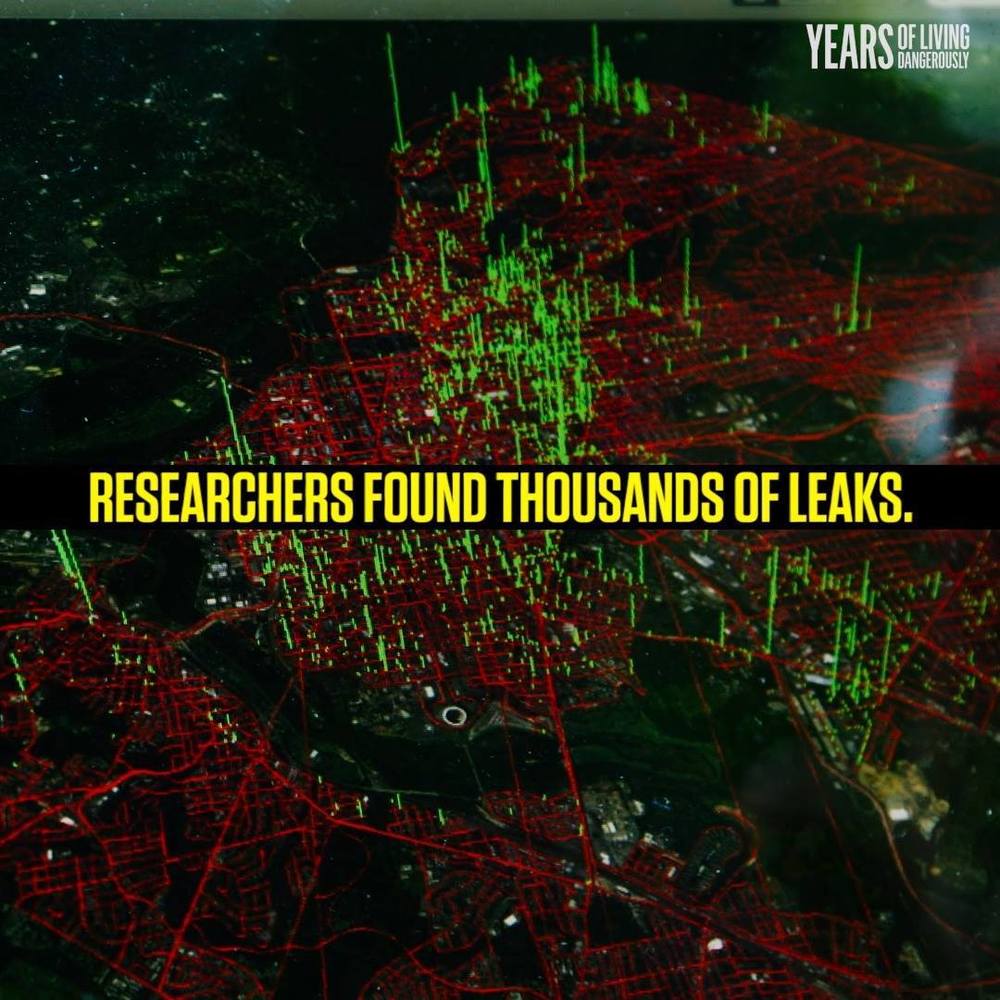Jul 8, 2019
Scientists Are Hunting For A Mirror Universe And Attempting To Open Portals Into It
Posted by Quinn Sena in categories: cosmology, particle physics
Imagine a world where everything is exactly the same as this one but no one knows of its existence, even though it could be staring you right in the face. These are called mirror universes — a parallel world in a different time space. While this prospect may seem a bit fetched to many, Leah Broussard believes that these parallel universes are actually very real. In fact, she, along with her colleagues at Oak Ridge National Laboratory in Tennessee, is on the hunt for a mirror universe and plans on opening portals to them.
Broussard is attempting to open a portal to a parallel universe by, what she calls “oscillation” which would eventually lead her to mirror matter. To conduct these experiments during the upcoming summer, Broussard will send a beam of subatomic particles down a 50-foot tunnel, past a powerful magnet, and into an impenetrable wall.
So what’s the point of that? Well, if the setup is just right, some of those particles will transform into mirror-image versions of themselves, allowing them to tunnel right through the wall. If it works, this would be the first proof of a mirror universe. The whole experiment will only take around a day but analyzing the data will take many weeks afterward. Either way, it won’t be long before the results are published.

